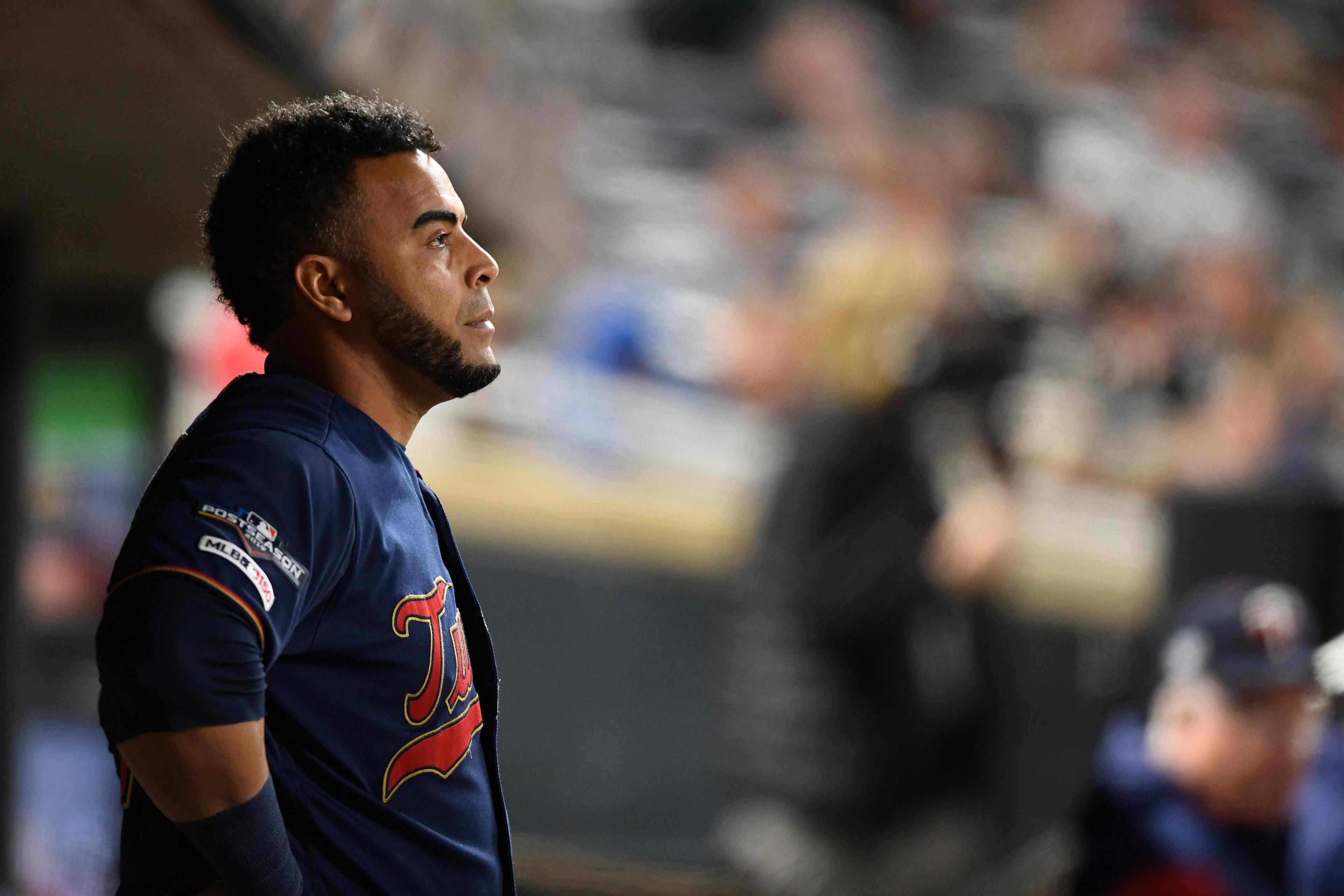
The Minnesota Twins lost to the Yankees on Monday night by a score of 5-1. It is their 16th consecutive postseason loss, dating back to 2004, 13 of them at the hands of the Yankees. In the past 40 years, the Twins are 0-6 in playoff series against the Yankees, and 5-2 against everybody else. On a day when the Rays, Cardinals, and Nationals all won emphatic victories to extend their seasons, only the Twins capitulated.
Ordinarily, the Yankees-Twins postseason rivalry, if you can call it that, is symbolic of the domineering might of New York against the pluck and guile of an outgunned Midwestern club. But in 2019, the Twins and Yankees were built in a similar fashion: around offense, particularly the home run. This year’s Twins and Yankees posted the highest and second-highest single-season team home run totals in baseball history, and the second- and fourth-highest team slugging percentages. Both entered the postseason with serious question marks about their starting rotations; in fact, with Yankees ace Luis Severino limited by injury, one could make the argument that the best starting pitcher in this series was Minnesota’s José Berríos.
For so long, the Twins embodied the ethos of Brad Pitt–as–Billy Beane in Moneyball: “If we think like the Yankees in here, we will lose to the Yankees out there.” The 2019 Twins, by contrast, were built to challenge clubs like the Yankees on their own terms, and sure enough, they lost to the Yankees out there.
I don’t believe in curses, at least in baseball, but every passing Twins-Yankees series tests that conviction. In Game 3, the Yankees scored their first two runs on a fan-assisted home run and a seeing-eye RBI single against the shift. The Twins’ counterattacks were stymied by a series of hard-hit outs batted directly into the shift. One of those generated a close play at first, but when outfielder Eddie Rosario flung himself toward the bag, he misjudged his dive so badly he skidded to a stop like Willie Mays Hayes.
An inning later, Miguel Sanó lanced a line drive to right field that would have cut the Yankees’ lead in half had Aaron Judge not used his entire 6-foot-7 frame to stretch for the ball. If a shorter player had been in Judge’s place, Sanó’s ball could have gone off the wall for a double. And when the Twins staged a last-ditch rally to put their first two runners on against a tiring Aroldis Chapman in the bottom of the ninth, Didi Gregorius made a full-extension grab on a scalded Jorge Polanco liner to suffocate the comeback.
This is, of course, a Twins team weakened by season-ending shoulder injuries to center fielder Byron Buxton and reliever Sam Dyson. Minnesota’s second baseman, Luis Arraez, is playing through an ankle injury that leaves him running like the subject of Billy Bones’s deathbed warning and played a role in swinging Game 1 in the Yankees’ favor. That the Twins are battling to compensate for injuries while the Yankees are more or less healthy for the first time all year is one of modern baseball’s great ironies.
But the Twins weren’t smote by the vindictive and interventionist baseball gods. Their titanic Yankees-beating machine always had some fatal structural flaws, most notably the bullpen, which allowed an ERA of 9.00 in this series to the Yankees bullpen’s 2.03. The Yankees and Twins had similar regular-season results: New York won 103 games with a run differential of plus-204, and Minnesota won 101 games with a run differential of plus-185, which on the surface makes for too fine a margin to call over a five-game series. But the Twins went an MLB-best 69-24 against teams with losing records, and a combined 36-11 against the four 100-loss teams in MLB this year. There’s nothing wrong with that—innumerable good teams have missed the playoffs because they couldn’t put away the cupcakes on their schedule—but it’s not a predictor of success against the higher quality of competition in the postseason.
The Twins were the only one of the 10 playoff clubs to post a losing record against winning teams and lost the season series against five of the six playoff-bound clubs they faced in the regular season. They put together a truly phenomenal offense through homegrown talents like Sanó, Buxton, Arraez, Polanco, Rosario, Max Kepler, and Mitch Garver, then filled out the rest of the lineup with savvy free-agent signings Marwin González and Nelson Cruz. But the pitching staff was left unfinished, and faced with an offense as formidable as the Yankees’, it was found out at the worst possible time.
The big question going forward is whether the Twins can reinforce that pitching staff this offseason, and to what extent. Behind Berríos, the rotation looks as threadbare as ever with Jake Odorizzi, who pitched well in a losing effort in Game 3, and the suspended Michael Pineda set to reach free agency. To not only tread water but advance to the point where they can go pitch for pitch with the Yankees or Astros, the Twins will probably have to commit more than the roughly $119 million they spent on player salaries this season.
Minnesota will have all winter to ponder the inadequacies that led them to become the first 100-win team of the wild-card era to fail to win a playoff game. Maybe the result—three straight losses by four runs or more—makes the gap between the Twins and the Yankees look larger than it is, and they are in fact beset by a curse, or poltergeists, or some other supernatural albatross. But just in case, the Twins need to prepare for the possibility that the team as currently constituted has a definite ceiling, and that they just crashed into it and ricocheted back to the floor a crumpled mess.